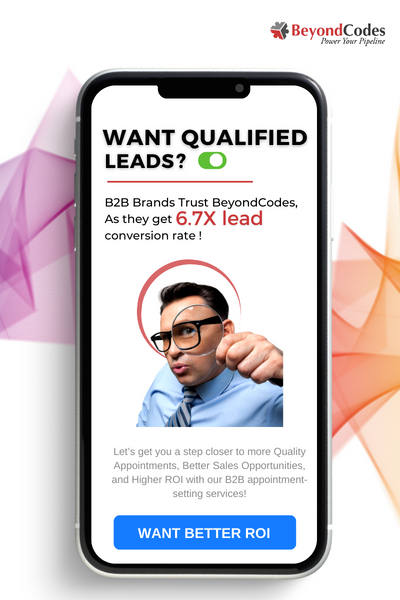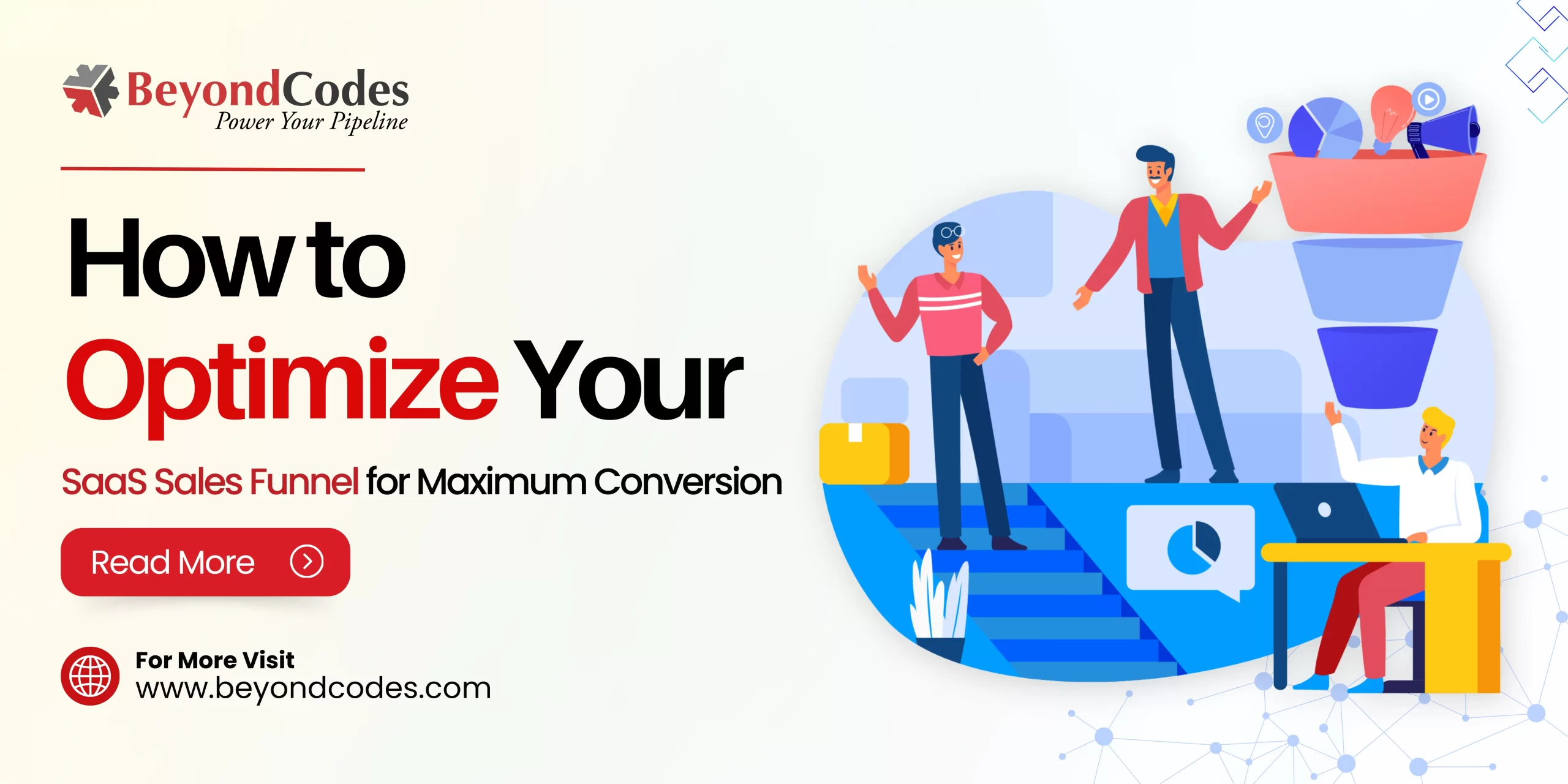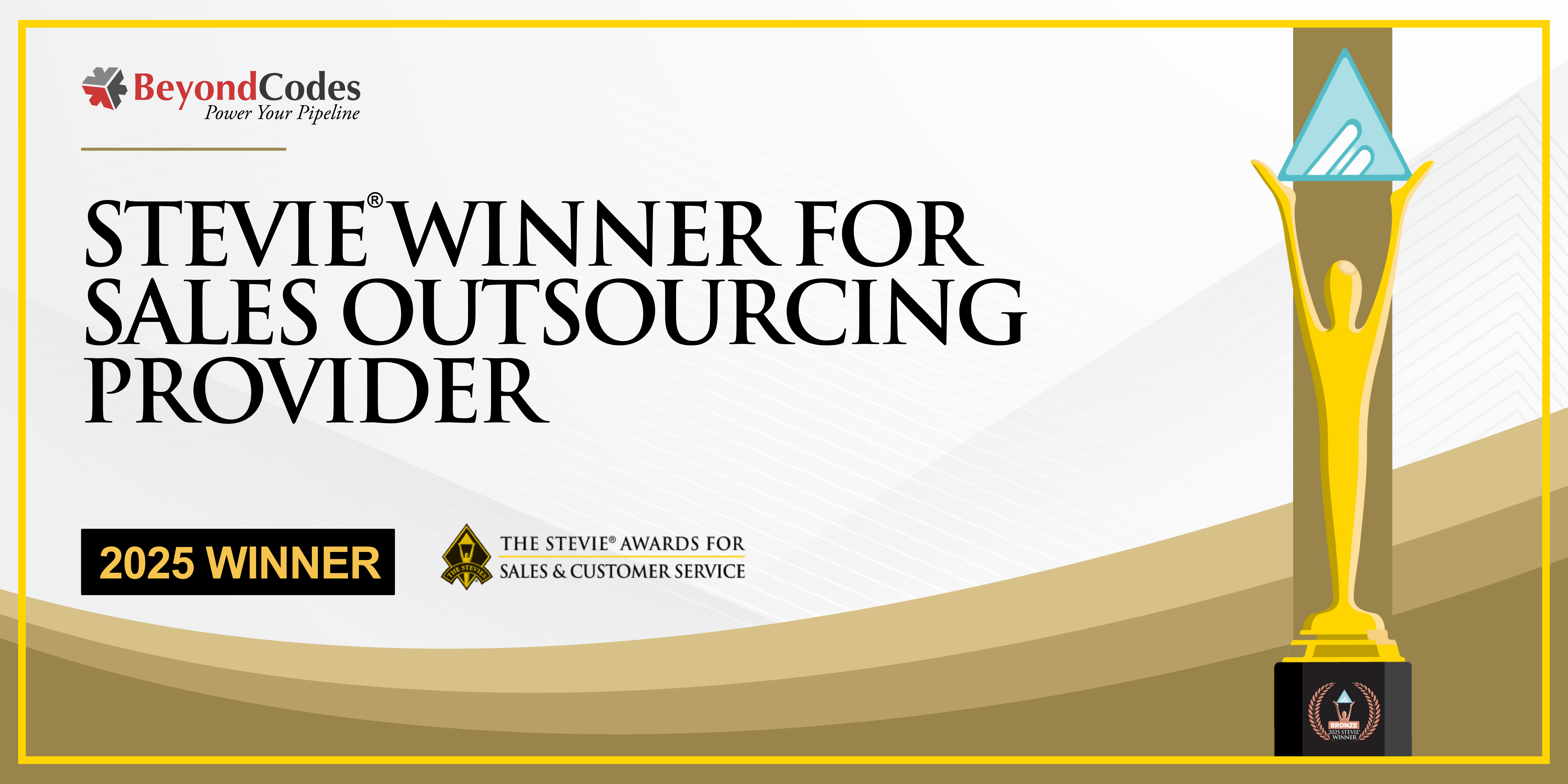Understanding the prospecting journey of a B2B sales rep is not easy. It’s a constant battle: Is this lead worth pursuing? Is this really an ideal prospect?
Defining a qualified lead sounds simple enough– a prospect with the potential to become a customer. Despite countless definitions and how simple they can be on paper, sales prospecting as a process is unclear.
The Prospecting Predicament: Why B2B is Tough
Research shows that 40 percent of salespeople believe prospecting to be the most challenging aspect of the B2B sales process. Prospecting within B2B buyers can be even more stressful, as decision-makers are often hard to reach. Indeed, those making high-value purchasing decisions can be challenging to manage. Besides, decision-makers in the B2B industry are highly well-informed and exceptionally busy.
So, what now? Do you give up on them?
The old ways of doing things are simply not effective anymore. Over 50% of sales time is wasted on unproductive prospecting due to outdated pitching techniques. In today’s competitive landscape, where buyers are evolving at lightning speed, standing out from the crowd requires a fresh approach.
Your standard character as a buyer has evolved a great deal today. Who are the new players on the block? Let’s have a look:
Understanding the Evolving B2B Buyer
Today’s B2B buyers are part of a team and not solo decision-makers. They are highly informed and prioritize value over cost. To succeed, sales teams need to modify their strategies to address these changes:
One Team – Multiple Buyers
Well, B2B marketers are now part of a much-enhanced environment where the new breed of buyers is no longer single entities but a complete team. Multiple stakeholders, often with limited procurement experience, influence purchases. Sellers must identify key decision-makers or customize messaging to each buyer’s role. Strategies like Account-Based Marketing (ABM) and intent data targeting can help engage these influencers effectively. Building relationships with prospect and delivering personalized value are key to winning their trust.
Self-Taught Buyers
Today’s buyer is proactive, skilled, and can be a hard nut to crack. Prior to reaching out to a salesperson, buyers perform thorough online research through industry websites, social media, and review platforms. They are well-informed about potential solutions and frequently clearly understand their needs. Companies need to offer detailed and easily accessible online content like whitepapers, case studies, and product demos to support self-guided buyer journeys.
Value Over Cost
The new age buyer is no longer hell-bent on finding solutions, products, or services at a low cost. They are more inclined towards the value proposition of a product/service, which includes features, functionality, customer service, and long-term advantages. Sales teams should emphasize their distinct value beyond just the cost. This method corresponds with the buyers’ transition toward placing greater emphasis on customer experience and functionality than on cost.
Moving Past Traditional Methods
In today’s fast-paced B2B sales landscape, cold calling and other traditional approaches are no longer adequate. To effectively engage prospects, sales teams must adopt a multi-channel strategy that incorporates a variety of strategies.
The following are some essential strategies to go beyond traditional techniques:
Cold Calling: Although it’s crucial for building direct human connections, cold calling should be used carefully. Make sure your sales pitch is succinct and value-driven, plan your calls well, and do your homework on the prospect beforehand. Cold calling is perfect for high-value accounts or urgent prospects since it quickly resolves issues and builds trust. Here are some recommendations:
- Implement Efficient Tools: You can create a well-organized sales strategy by leveraging effective CRM tools. They track your most used resources, keep you informed about new and existing prospects, and show how close you are to making a deal.
- Channel Buyer Attention: To develop and hone your approach's uniqueness, use buyer personas in CRMs. This strategy yields fewer potential leads than others, but the conversion rate will be higher because you are focusing on a certain buying demographic.
Email Prospecting: Personalized emails offer a scalable, less invasive alternative to cold calling. They allow you to present information visually and can be forwarded to decision-makers. Use segmentation and personalization to customize your messages, focusing on the recipient’s needs and challenges. Ensure each email adds value and includes a clear call-to-action.
Social Selling: Having meaningful conversations with cold prospects helps you build your expertise and warm them up. Social networking helps you organize outreach, build rapport, and expand your knowledge. LinkedIn offers the best platform for building business relationships with key decision-makers. It works well for both focused sales prospecting and broad authority building.
Sales Cadences: Execute structured communication sequences for calls, emails, and social media posts. This strategy guarantees regular communication and fosters client relationships. Customize it to your ideal customer profile and persona to get the most out of your cadence.
Free Trials: By providing free trials, you can let potential clients try your product out for themselves and lower the risk involved in making a purchase. This strategy fosters trust and results in recommendations from satisfied customers.
Referrals: A great way to get pre-qualified leads who trust your brand is through referrals. Early in a satisfied customer’s experience with your product or service, ask them for recommendations. Use automation to guarantee constant follow-ups and expedite the referral process.
By incorporating these strategies into your prospecting strategy, you can build a robust and flexible sales funnel that resonates with modern B2B buyers.
Embracing the WAVE Framework for Successful Prospecting
To succeed in B2B sales prospecting, top performers often rely on a structured approach encompassing key strategies. The WAVE framework, which stands for Winner’s Mindset, Attraction Campaign, Value, and Execution, offers a thorough guide to improve your prospecting efforts.
 Winner’s Mindset
Winner’s Mindset
Resilience and motivation in prospecting depend heavily on having an optimistic outlook. It motivates you to keep improving your sales strategy and acknowledge small successes. Even in the face of challenges, this thinking keeps you motivated and focused.
Attraction Campaign
Instead of being a push strategy, prospecting should be seen as an attraction process. Use a well-planned flow of personalized content and information to attract customers gradually. The goal is to generate interest and set up appointments by showcasing relevance and value to potential clients.
Value
Every interaction with potential clients must be valuable. This could be accomplished through insightful content, solutions to their challenges, or original viewpoints that speak to their needs. By emphasizing value, you build trust and raise the possibility that you will have meaningful conversations with prospects.
Execution
Having a plan is only the first step; constant execution is necessary for successful prospecting. Commit to your strategy with all your attention, time, and effort. Make sure your interactions align with your overall prospecting goals by regularly evaluating your strategy and making any adjustments.
The Future of B2B Prospecting: Adapt, Innovate, and Win
Sales prospecting in the B2B sector is now as much about distinguishing oneself from the crowd as it is about making connections. As buyers become more knowledgeable, selective, and cooperative in their decision-making processes, relying solely on traditional sales approaches will not suffice. To achieve success, one needs to change their thinking, adopt a value-driven approach, and implement an agile execution sales strategy.
Sales teams can transform prospecting from a challenge into an opportunity by adopting modern prospecting strategies, leveraging data-informed insights, and nurturing authentic relationships. The secret is understanding your buyer, offering personalized value, and executing precisely.

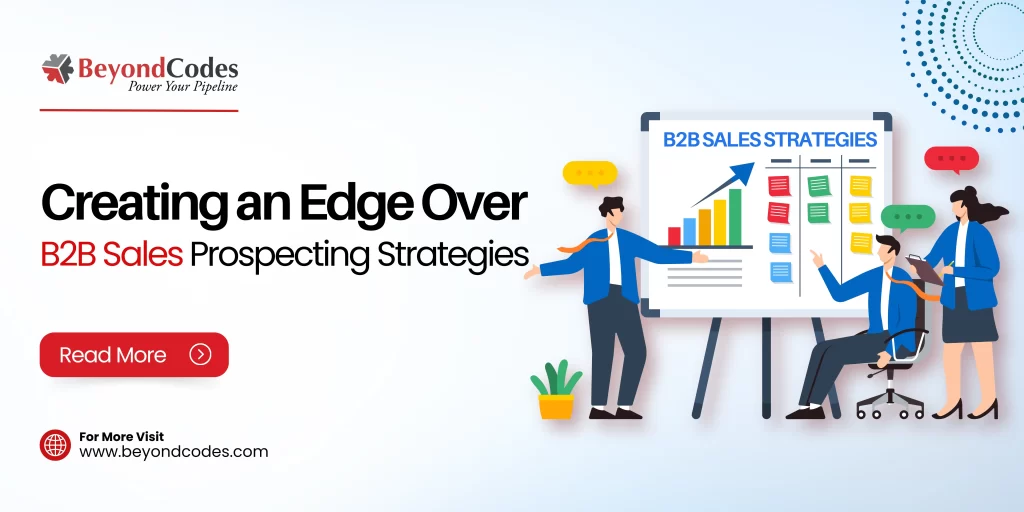
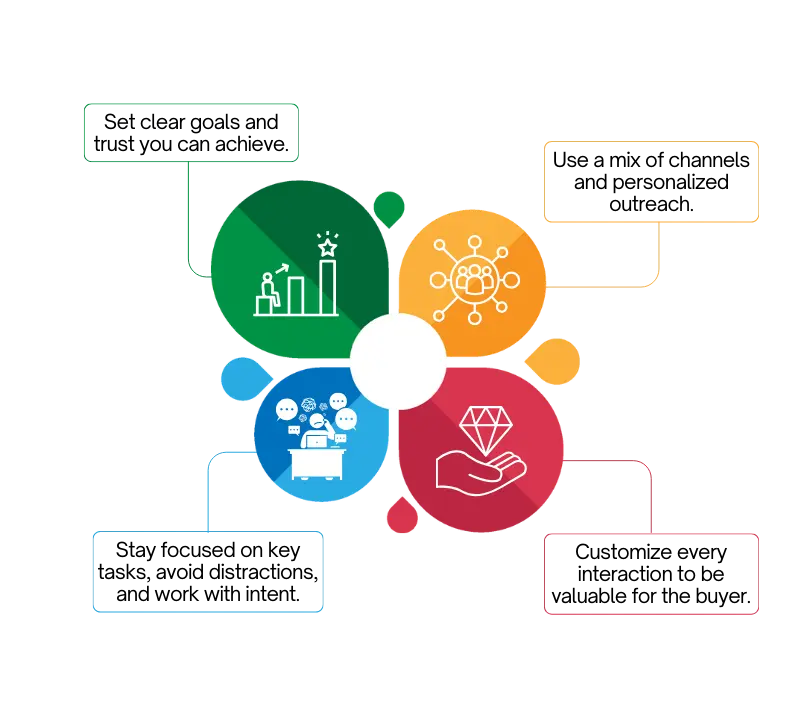 Winner’s Mindset
Winner’s Mindset